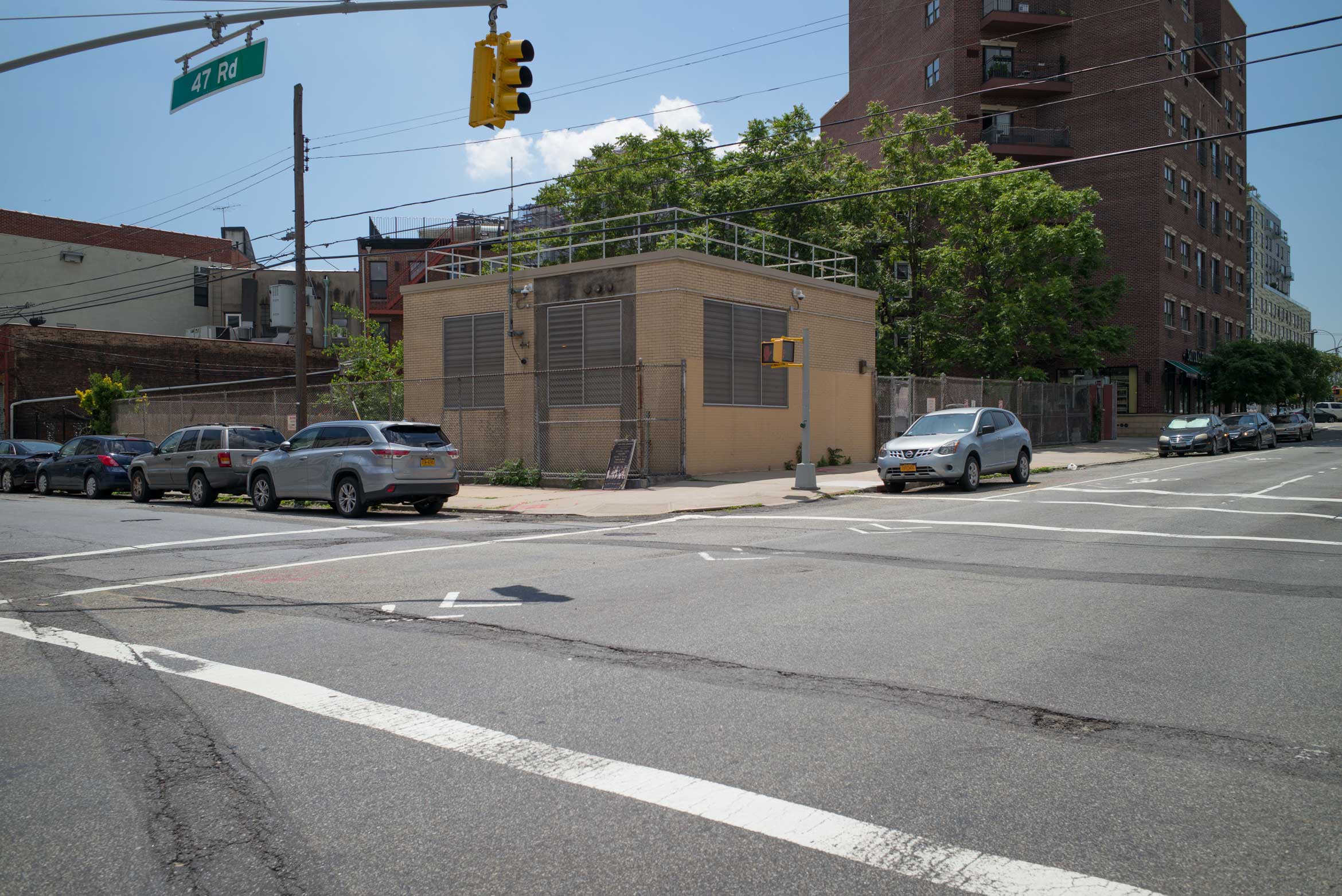Underexposed
Photographer Stanley Greenberg’s monthly dispatches trace the myriad paths of the city’s infrastructural networks in great breadth and close detail.
We are celebrating 15 years — and counting — of stories that are deeply researched and deeply felt, that build a historical record of what the city has been.
Con Edison maintains complete control over the transmission and distribution of electricity in New York City — and it keeps this labyrinthine system largely out of sight. About three-quarters of Con Ed’s system operates underground and underwater, an invisible approach that is partially in response to the city’s density and island geography, partially in defense against extreme elements and potential outages.
Con Ed’s eight submarine tunnels, connecting power stations and substations across boroughs, suffered serious damage during Hurricane Sandy five years ago. In order to better protect against future storm surges and flooding, the utility rebuilt or reinforced headhouses, added back-up generators, and improved pumping equipment. Much of the city’s fortification in the face of growing storm surge threats is underground or below the river. But the entrance structures to this hidden network exist in plain view, connecting boroughs in more ways than one.
The views expressed here are those of the authors only and do not reflect the position of The Architectural League of New York.
Photographer Stanley Greenberg’s monthly dispatches trace the myriad paths of the city’s infrastructural networks in great breadth and close detail.

